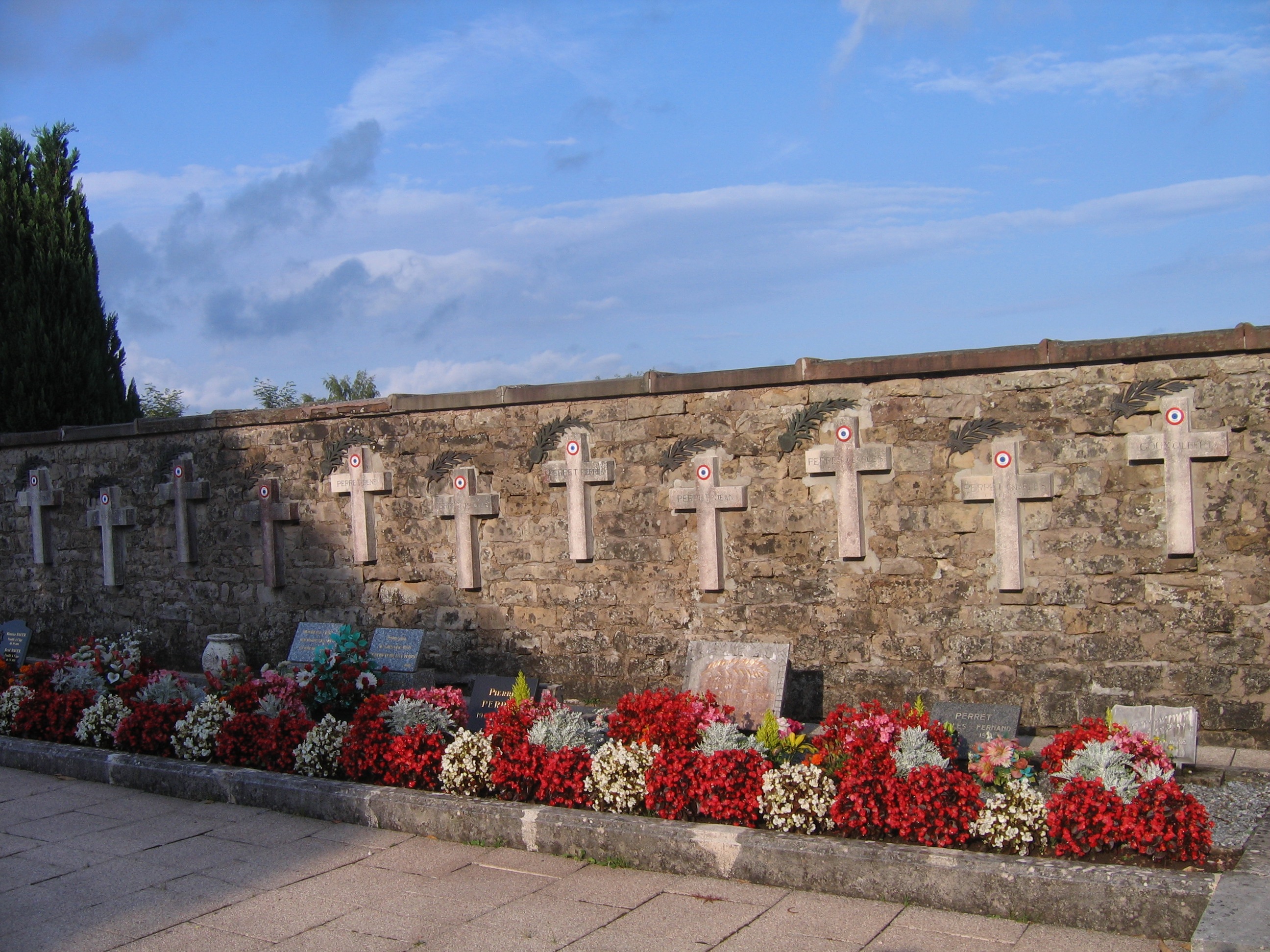Elisabeth Matthieu
One of my first true friends in the Franche-Comté was Elisabeth Matthieu, tiny and frail. We sang alto together in the parish choir. Elisabeth lived in a lovely home in downtown Héricourt, across the street from the post office. She invited me to her home to show me pictures of her niece who lived in Seattle, but over my time in the parish, she and I grew very close.
In her working years, Elisabeth had been a nurse. During the occupation of France she had worked secretly with Dr. Zeigler to care for wounded resistance members. In the last years of her life, when I knew her, she was revered and respected by parishioners and neighbors for her resistance work. She told me a story of her involvement with the people of Etobon that gave me chills. When I tried to tell it to others, I would inevitably start to cry.
In the weeks following the roundup and massacre of the men of Etobon, which I will be detailing in upcoming posts, it became clear that the survivors were still in great danger. Resistance members in Hériourt knew that the Germans might find a reason to exterminte all of the remaining Etobonais. Elisabeth and another nurse borrowed a truck and covered the back with a large piece of fabric which they painted with a large red cross. The two young women drove the truck through the woods, which were under bombardment, all the way to Etobon. There, they located as many children as they could, loaded them onto the truck, and drove them to the Swiss frontier. The truck was met by Swiss sympathizers, who sheltered the children of Etobon until the end of the war. Jules Perret recounts this rescue in his journal, writing that he and his family decided to keep his grandson Philippe at home. At the time, he wondered whether he had made the right decision.

 Katherine Douglass
Katherine Douglass